I'm going to apply texture recognition to different flower pictures and I'm considering GLCM for feature extraction. Before applying GLCM I should convert RGB images to gray images. I also want to subtract background information from gray images to apply GLCM only flower object's pixels to remove noise. I'm considering using skimage. How can I subtract the background pixels from a gray image to ensure that majority of the pixels belong to flower object?
Asked
Active
Viewed 640 times
1
-
Thank you so much. – tkarahan Nov 02 '18 at 10:30
-
By the way is there a useful way to calculate color moments with skimage? After feature extraction with GLCM I'll append color moments as features to feature vector and then I'l provide the features to an ANN for classification. – tkarahan Nov 02 '18 at 11:21
-
Perhaps [skimage.measure.moments](http://scikit-image.org/docs/dev/api/skimage.measure.html#skimage.measure.moments)? – Tonechas Nov 03 '18 at 11:54
-
Sorry for going through this again but, I don't understand how to calculate color moments(mean, variance and skewness of color intensities) with skimage.measure.moments. Also how can I do it for each channel? – tkarahan Dec 08 '18 at 13:25
1 Answers
1
If background pixels have a constant intensity value, let's say 0, you can use any of the methods proposed in Using skimage for non-rectangular image areas or Python: taking the GLCM of a non-rectangular region. Notice that those methods yield an approximated GLCM as image pixels with the same intensity level than background pixels are discarded from the co-occurrence analysis.
If you want to compute all the co-occurrences over a region of interest without discarding any pixels inside the ROI, the following snippet might put you on the right track:
import numpy as np
from skimage import io, color, util
from skimage.feature.texture import greycoprops
import matplotlib.pyplot as plt
def glcm_roi(img, mask, dh=1, dv =0, levels=256):
glcm = np.zeros(shape=(levels, levels), dtype=np.int_)
for i in range(img.shape[0] - dv):
for j in range(img.shape[1] - dh):
if mask[i, j] and mask[i + dv, j + dh]:
glcm[img[i, j], img[i + dv, j + dv]] += 1
return glcm/glcm.sum()
arr = io.imread('https://i.stack.imgur.com/q6cpu.png')
mask = arr[:, :, -1] > 0
img = util.img_as_ubyte(color.rgb2gray(arr[:, :, :-1]))
glcm = glcm_roi(img, mask)
energy = greycoprops(glcm[:, :, None, None], 'energy')
print('Energy = {}'.format(energy))
fig, ax = plt.subplots(1, 3)
ax[0].imshow(arr)
ax[0].set_title('RGB')
ax[1].imshow(img, cmap='gray')
ax[1].set_title('Gray')
ax[2].imshow(mask, cmap='gray')
ax[2].set(title='Mask')
for axi in ax: axi.set_axis_off()
plt.show(fig)
Output:
[[0.15203625]]
Tonechas
- 13,398
- 16
- 46
- 80
-
I really appreciate your helps. I hope my approach'll be successful. Thanks. :) – tkarahan Nov 03 '18 at 15:19
